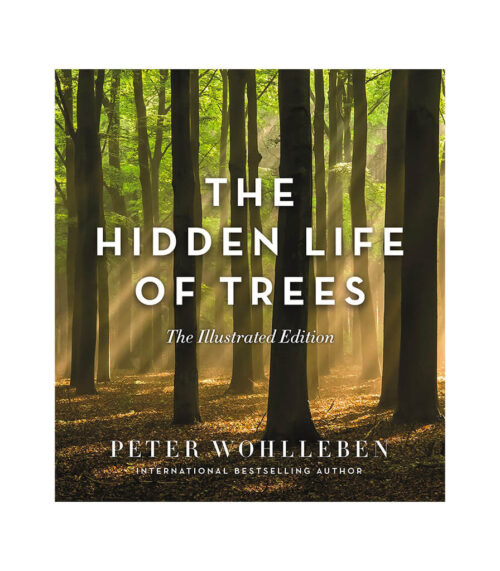-
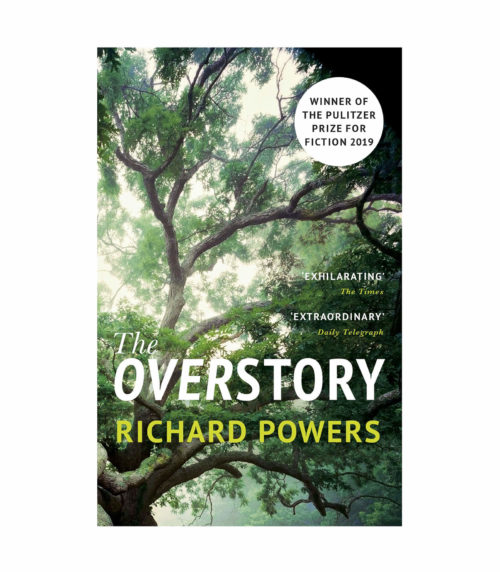
by Richard Powers
PAPERBACK Winner of the 2019 Pulitzer Prize in Fiction, Shortlisted for the 2018 Man Booker Prize, New York Times BestsellerThe Overstory, winner of the Pulitzer Prize in Fiction, is a sweeping, impassioned work of activism and resistance that is also a stunning evocation of—and paean to—the natural world. From the roots to the crown and back to the seeds, Richard Powers’s twelfth novel unfolds in concentric rings of interlocking fables that range from antebellum New York to the late twentieth-century Timber Wars of the Pacific Northwest and beyond. There is a world alongside ours—vast, slow, interconnected, resourceful, magnificently inventive, and almost invisible to us. This is the story of a handful of people who learn how to see that world and who are drawn up into its unfolding catastrophe.
-
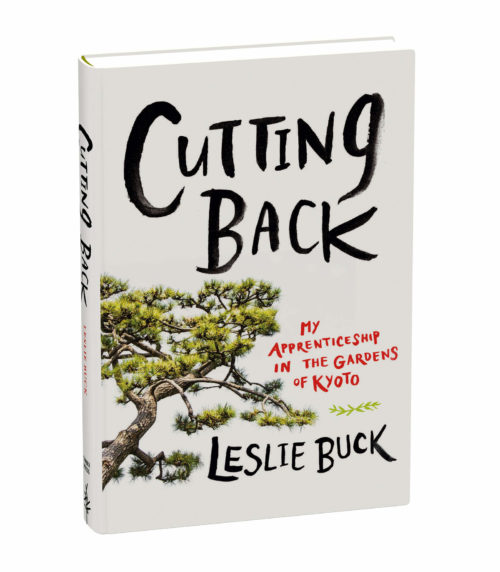
by Leslie Buck
HARDBACK My Apprenticeship in the Gardens of Kyoto HardcoverAt thirty-five, Leslie Buck made an impulsive decision to put her personal life on hold to pursue her passion. Leaving behind a full life of friends, love, and professional security, she became the first American woman to learn pruning from one of the most storied landscaping companies in Kyoto. Cutting Back recounts Buck’s bold journey and the revelations she has along the way. During her apprenticeship in Japan, she learns that the best Kyoto gardens look so natural they appear untouched by human hands, even though her crew spends hours meticulously cleaning every pebble in the streams. She is taught how to bring nature’s essence into a garden scene, how to design with native plants, and how to subtly direct a visitor through a landscape. But she learns the most important lessons from her fellow gardeners: how to balance strength with grace, seriousness with humor, and technique with heart.
-
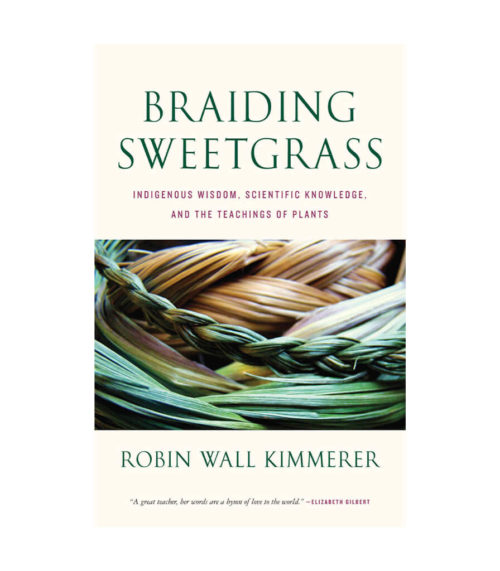
by Robin Wall Kimmerer
PAPERBACK A New York Times bestseller A Washington Post Bestseller Named a "Best Essay Collection of the Decade" by Literary HubAs a botanist, Robin Wall Kimmerer has been trained to ask questions of nature with the tools of science. As a member of the Citizen Potawatomi Nation, she embraces the notion that plants and animals are our oldest teachers. In Braiding Sweetgrass, Kimmerer brings these two lenses of knowledge together to take us on “a journey that is every bit as mythic as it is scientific, as sacred as it is historical, as clever as it is wise” (Elizabeth Gilbert).
Drawing on her life as an indigenous scientist, and as a woman, Kimmerer shows how other living beings―asters and goldenrod, strawberries and squash, salamanders, algae, and sweetgrass―offer us gifts and lessons, even if we've forgotten how to hear their voices. -
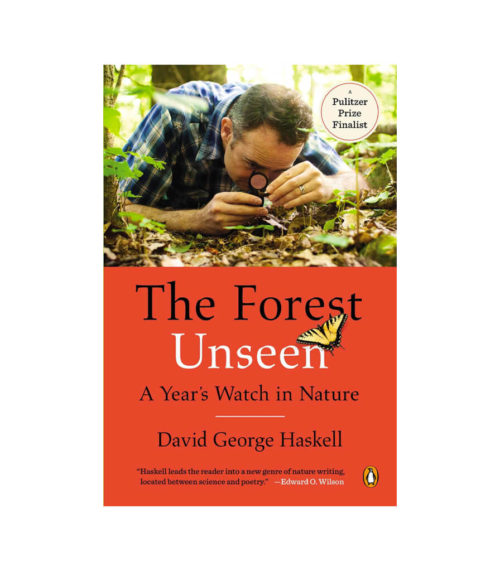
by David George Haskell
PAPERBACK A Year's Watch in Nature In this wholly original book, biologist David Haskell uses a one- square-meter patch of old-growth Tennessee forest as a window onto the entire natural world. Visiting it almost daily for one year to trace nature's path through the seasons, he brings the forest and its inhabitants to vivid life. Each of this book's short chapters begins with a simple observation: a salamander scuttling across the leaf litter; the first blossom of spring wildflowers. From these, Haskell spins a brilliant web of biology and ecology, explaining the science that binds together the tiniest microbes and the largest mammals and describing the ecosystems that have cycled for thousands- sometimes millions-of years. Each visit to the forest presents a nature story in miniature as Haskell elegantly teases out the intricate relationships that order the creatures and plants that call it home. Written with remarkable grace and empathy, The Forest Unseen is a grand tour of nature in all its profundity. Haskell is a perfect guide into the world that exists beneath our feet and beyond our backyards. -
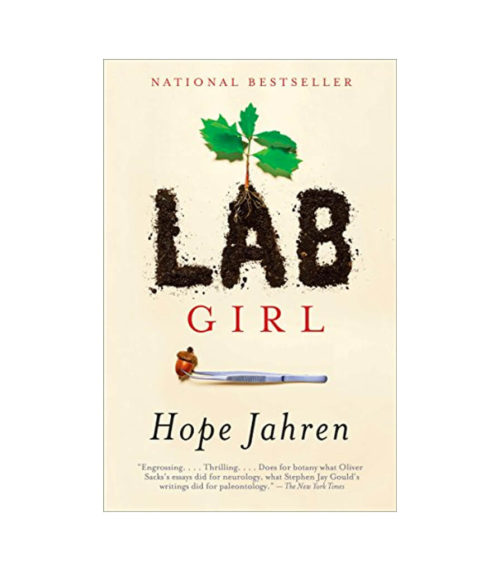
by Hope Jahren
PAPERBACK A New York Times Notable Book Geobiologist Hope Jahren has spent her life studying trees, flowers, seeds, and soil. Lab Girl is her revelatory treatise on plant life—but it is also a celebration of the lifelong curiosity, humility, and passion that drive every scientist. In these pages, Hope takes us back to her Minnesota childhood, where she spent hours in unfettered play in her father’s college laboratory. She tells us how she found a sanctuary in science, learning to perform lab work “with both the heart and the hands.” She introduces us to Bill, her brilliant, eccentric lab manager. And she extends the mantle of scientist to each one of her readers, inviting us to join her in observing and protecting our environment. Warm, luminous, compulsively readable, Lab Girl vividly demonstrates the mountains that we can move when love and work come together. -
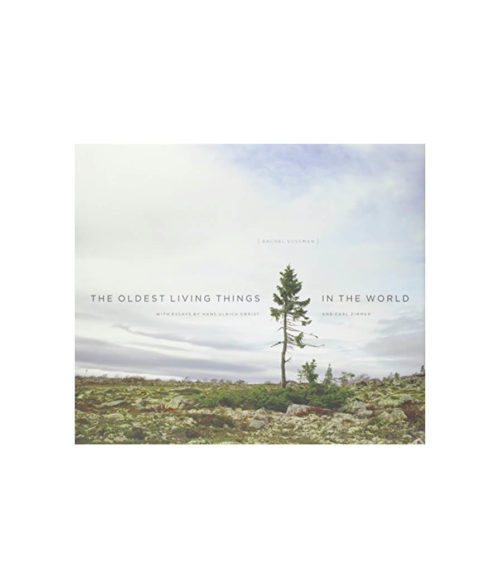
by Rachel Sussman
HARDCOVER The Oldest Living Things in the World is an epic journey through time and space. Over the past decade, artist Rachel Sussman has researched, worked with biologists, and traveled the world to photograph continuously living organisms that are 2,000 years old and older. Spanning from Antarctica to Greenland, the Mojave Desert to the Australian Outback, the result is a stunning and unique visual collection of ancient organisms unlike anything that has been created in the arts or sciences before, insightfully and accessibly narrated by Sussman along the way. Alongside the photographs, Sussman relays fascinating – and sometimes harrowing – tales of her global adventures tracking down her subjects and shares insights from the scientists who research them. The oldest living things in the world are a record and celebration of the past, a call to action in the present, and a barometer of our future. -
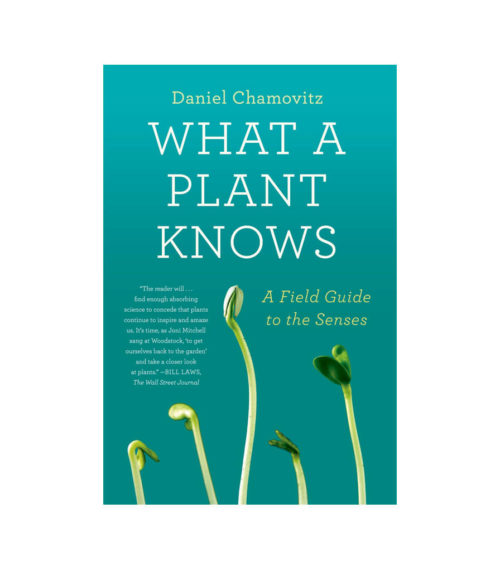
by Daniel Chamovitz
KINDLE How does a Venus flytrap know when to snap shut? Can it actually feel an insect's tiny, spindly legs? And how do cherry blossoms know when to bloom? Can they actually remember the weather? For centuries we have collectively marveled at plant diversity and form—from Charles Darwin's early fascination with stems to Seymour Krelborn's distorted doting in Little Shop of Horrors. But now, in What a Plant Knows, the renowned biologist Daniel Chamovitz presents an intriguing and scrupulous look at how plants themselves experience the world—from the colors they see to the schedules they keep. Highlighting the latest research in genetics and more, he takes us into the inner lives of plants and draws parallels with the human senses to reveal that we have much more in common with sunflowers and oak trees than we may realize. Chamovitz shows how plants know up from down, how they know when a neighbor has been infested by a group of hungry beetles, and whether they appreciate the Led Zeppelin you've been playing for them or if they're more partial to the melodic riffs of Bach. Covering touch, sound, smell, sight, and even memory, Chamovitz encourages us all to consider whether plants might even be aware of their surroundings. A rare inside look at what life is really like for the grass we walk on, the flowers we sniff, and the trees we climb, What a Plant Knows offers us a greater understanding of science and our place in nature. -
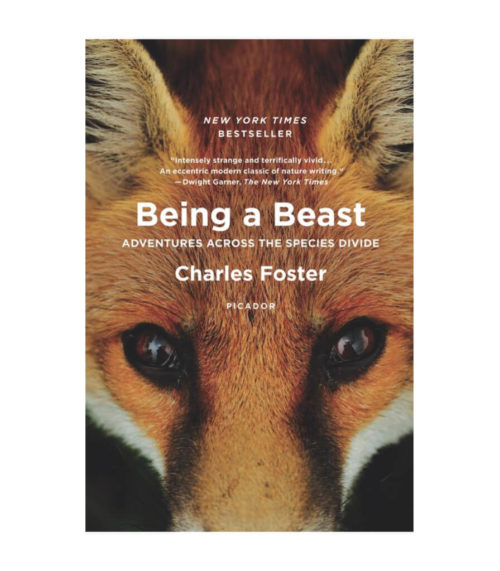
by Charles Foster
PAPERBACK Adventures Across the Species Divide With more than 2 million copies sold worldwide, this beautifully-written book journeys deep into the forest to Charles Foster set out to know the ultimate other: the non-humans, the beasts. And to do that, he tried to be like them, choosing a badger, an otter, a fox, a deer, and a swift. He lived alongside badgers for weeks, eating earthworms and learning to sense the landscape by smell rather than sight. He tried to catch fish in his teeth while swimming like an otter, rooted through London garbage cans as an urban fox, was hunted by bloodhounds as a red deer, nearly dying in the snow. And he followed the swifts on their migration route over the Strait of Gibraltar, discovering himself to be strangely connected to the birds. A lyrical, joyful, and completely radical look at the life of animals―human and other―Being a Beast mingles neuroscience and psychology, nature writing and memoir to cross the boundaries separating the species. -

by Scott Ogden, Lauren Springer Ogden
PAPERBACK 200 Drought-Tolerant Choices for all Climates Waterwise Plants for Sustainable Gardens is a practical guide to the best 200 plants guaranteed to thrive in low-water gardens. Plant entries provide the common and botanical name, the regions where the plant is best adapted, growth and care information, and notes on pests and disease. This practical and inspiring guide includes a variety of plants, from trees to succulents, perennials to bulbs, all selected for their wide adaptability and ornamental value. Companion plants, creative design ideas, and full color photography make this guide a must-have resource for any sustainable gardener. -
Sale!
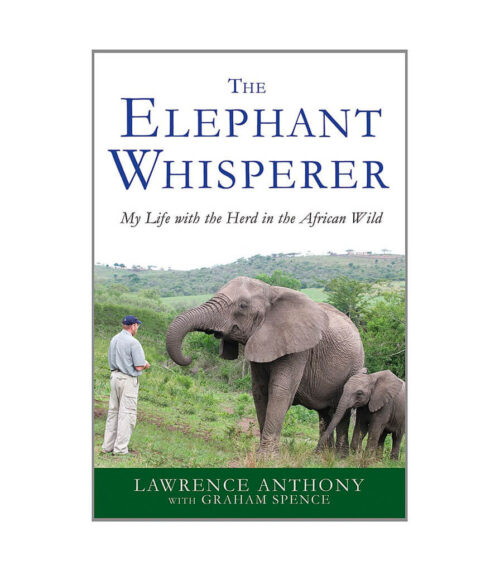
by Lawrence Anthony
PAPERBACK My Life with the Herd in the African Wild Lawrence Anthony devoted his life to animal conservation, protecting the world's endangered species. Then he was asked to accept a herd of "rogue" wild elephants on his Thula Thula game reserve in Zululand. His common sense told him to refuse, but he was the herd's last chance of survival: they would be killed if he wouldn't take them.

